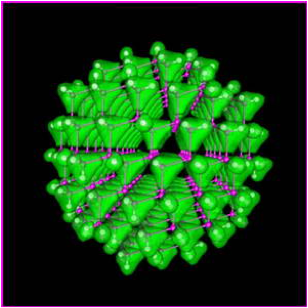 Walking into the CNSI auditorium today, I didn’t know what to expect. A midterm is a very intimidating word in itself but after only a week of lectures I hoped we weren’t expected to produce material similar to that of an actual college student who produce a midterm presentation after an entire semester. Fortunately, I realized the brevity of the presentations and found the material of the other groups to be quite interesting. First of all, the first group to go gave me a greater understanding of how art and science could be collaborated together as one. Their quantum music dots idea incorporated nanoparticles with music to produce a scientific but pleasantly sounding exhibit. Also, they really encapsulated the idea of “Imagine the Impossible” since quantum dots are often toxic and they are far too small to manipulate with your fingers.
Walking into the CNSI auditorium today, I didn’t know what to expect. A midterm is a very intimidating word in itself but after only a week of lectures I hoped we weren’t expected to produce material similar to that of an actual college student who produce a midterm presentation after an entire semester. Fortunately, I realized the brevity of the presentations and found the material of the other groups to be quite interesting. First of all, the first group to go gave me a greater understanding of how art and science could be collaborated together as one. Their quantum music dots idea incorporated nanoparticles with music to produce a scientific but pleasantly sounding exhibit. Also, they really encapsulated the idea of “Imagine the Impossible” since quantum dots are often toxic and they are far too small to manipulate with your fingers.
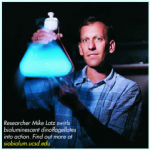 Another idea that I thought was interesting was the idea in which some kind of gel could be used to illuminate certain muscles in the body. The way this would work is that the gel would be created with bioluminescence, w
Another idea that I thought was interesting was the idea in which some kind of gel could be used to illuminate certain muscles in the body. The way this would work is that the gel would be created with bioluminescence, w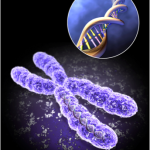 hich respond to vibration by glowing a bright blue color. According to the group, when a person moves with the gel, that certain muscle would glow a different color depending on the intensity of the motion. I was impressed with the groups’ idea to apply this product to dancing so the dancers could control the way they glow and maybe choreograph it into the dancing aspect of the performance. Lastly, one group had a more practical idea to apply nanotechnology to a rare but devastating genetic disorder called hemophilia. Supposedly, nanobots would be injected into the body and proceed to create the protein that clots blood, since the lack of this protein is the defining factor of the disorder. Furthermore, these ideas gave my group insight into ways we can improve our own idea.
hich respond to vibration by glowing a bright blue color. According to the group, when a person moves with the gel, that certain muscle would glow a different color depending on the intensity of the motion. I was impressed with the groups’ idea to apply this product to dancing so the dancers could control the way they glow and maybe choreograph it into the dancing aspect of the performance. Lastly, one group had a more practical idea to apply nanotechnology to a rare but devastating genetic disorder called hemophilia. Supposedly, nanobots would be injected into the body and proceed to create the protein that clots blood, since the lack of this protein is the defining factor of the disorder. Furthermore, these ideas gave my group insight into ways we can improve our own idea.
http://www.nhlbi.nih.gov/health/dci/Diseases/hemophilia/hemophilia_what.html
http://www.lifesci.ucsb.edu/~biolum/
http://www.invitrogen.com/site/us/en/home/brands/Molecular-Probes/Key-Molecular-Probes-Products/Qdot.html
http://en.wikipedia.org/wiki/Nanorobotics
http://artsci.uchsc.edu/
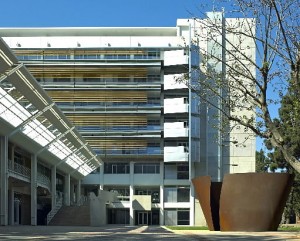
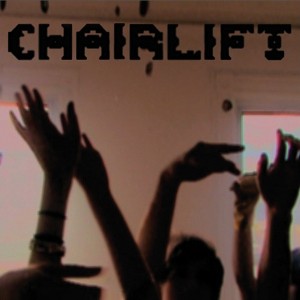
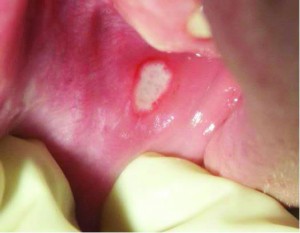
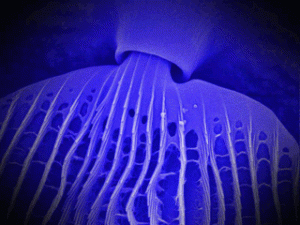
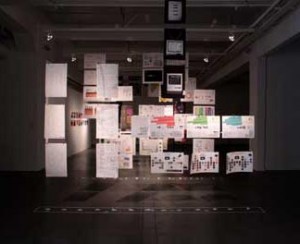
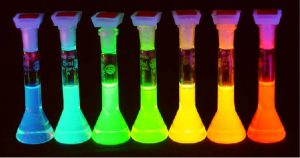




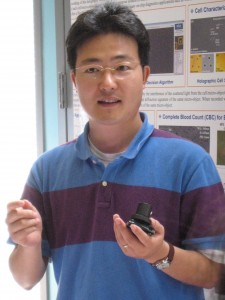
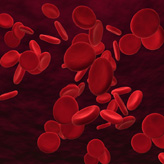
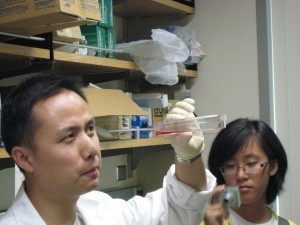





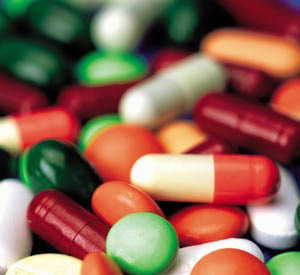
 This type of microscrope shows 3-D images from the sample. Cool right? If you want to know how deep your specimen is, or how sticky or any other thing that comes to mind. This would be the right microscope for you to use. The tip of the microscope is one atom. Cool right? STM works mostly with conducting materials but it can also work with the organic ones.
This type of microscrope shows 3-D images from the sample. Cool right? If you want to know how deep your specimen is, or how sticky or any other thing that comes to mind. This would be the right microscope for you to use. The tip of the microscope is one atom. Cool right? STM works mostly with conducting materials but it can also work with the organic ones.
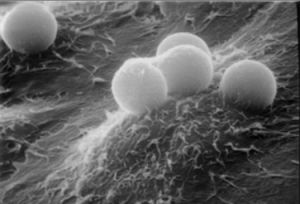
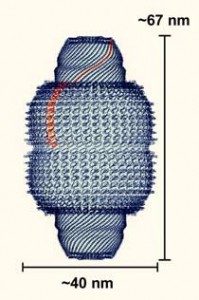
 discussed in nanotoxology, as many products have started to use nanosilver in their products to appeal to the customer and supposedly clean the clothing’s bacteria. The situation is slightly complex. While the silver is effective in killing bacteria, when it flushes out into the sewage system, other biological organisms are affected negatively as well. Many good bacteria that stimulate the earth’s growth are killed and threaten an imbalance in the environmnt. Like water, too much is dangerous. Nothing in excess. It was fascinating to realize that even the most helpful causes in too big a dose, can be harmful instead. (To the Right: Socks embedded with silver particles to reduce the number of bacteria contact to the foot)
discussed in nanotoxology, as many products have started to use nanosilver in their products to appeal to the customer and supposedly clean the clothing’s bacteria. The situation is slightly complex. While the silver is effective in killing bacteria, when it flushes out into the sewage system, other biological organisms are affected negatively as well. Many good bacteria that stimulate the earth’s growth are killed and threaten an imbalance in the environmnt. Like water, too much is dangerous. Nothing in excess. It was fascinating to realize that even the most helpful causes in too big a dose, can be harmful instead. (To the Right: Socks embedded with silver particles to reduce the number of bacteria contact to the foot)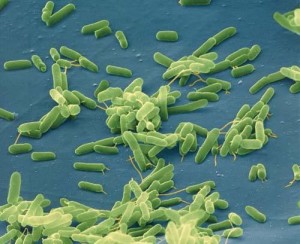
 Today, however, I felt that I really gained a better understanding and liking for nanotechnology. I am still not seeing the big connection with art. I feel like using science to create art is not really art. I still see it more as science.
Today, however, I felt that I really gained a better understanding and liking for nanotechnology. I am still not seeing the big connection with art. I feel like using science to create art is not really art. I still see it more as science. damage would occur to the rest of the body and other things besides the cancer would not be harmed in the process, unlike other treatments such as radiation. This idea makes so much sense to me and it is in reach. The fact that nanotechnology could be used to cure such an awful disease is so exciting and I feel like it can actually be done.
damage would occur to the rest of the body and other things besides the cancer would not be harmed in the process, unlike other treatments such as radiation. This idea makes so much sense to me and it is in reach. The fact that nanotechnology could be used to cure such an awful disease is so exciting and I feel like it can actually be done. nanotechnology. From what I heard in the lecture, I really do not think that enough is known about the dangers to begin using products made with nano materials. Even though the world is eager to begin the use of this new product, the results could be disastrous if the proper precaution is not taken early.
nanotechnology. From what I heard in the lecture, I really do not think that enough is known about the dangers to begin using products made with nano materials. Even though the world is eager to begin the use of this new product, the results could be disastrous if the proper precaution is not taken early.